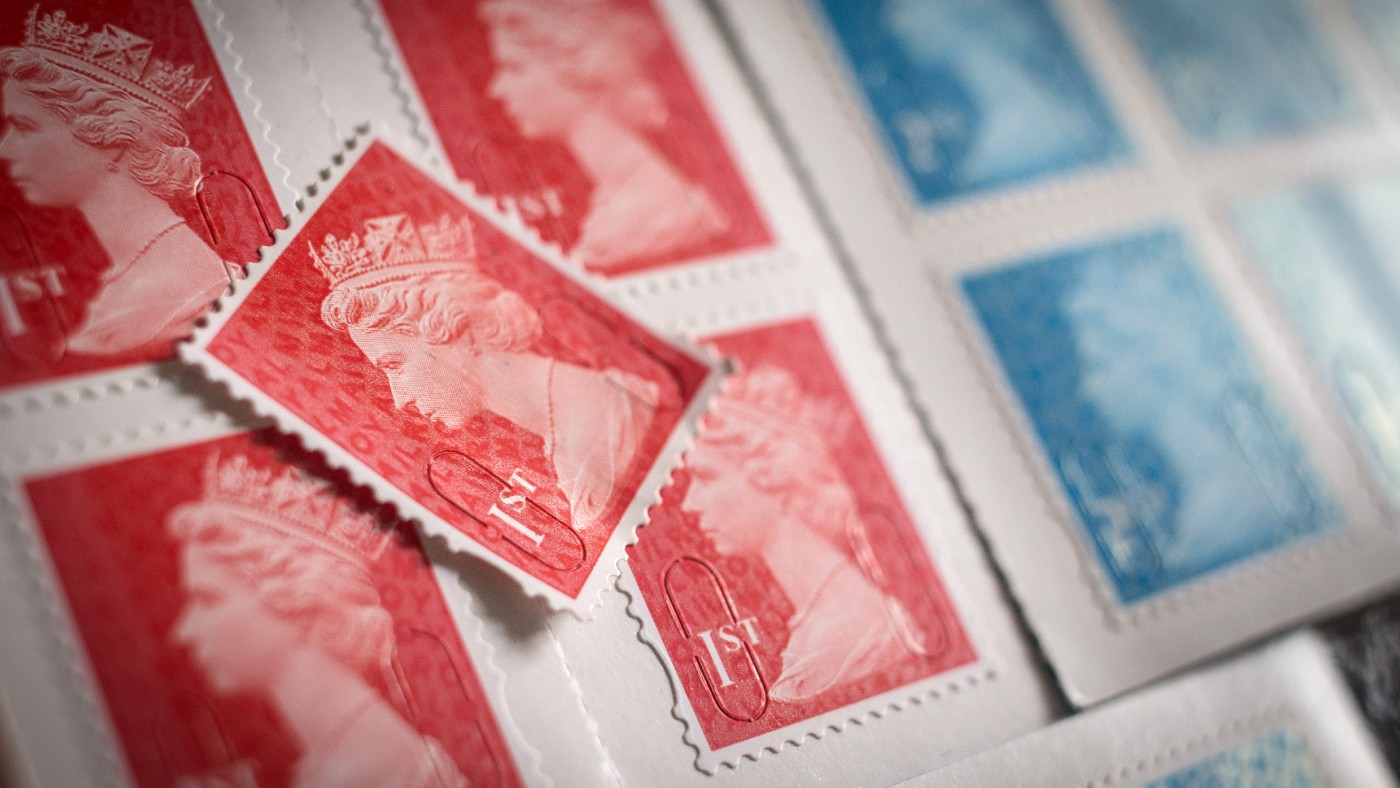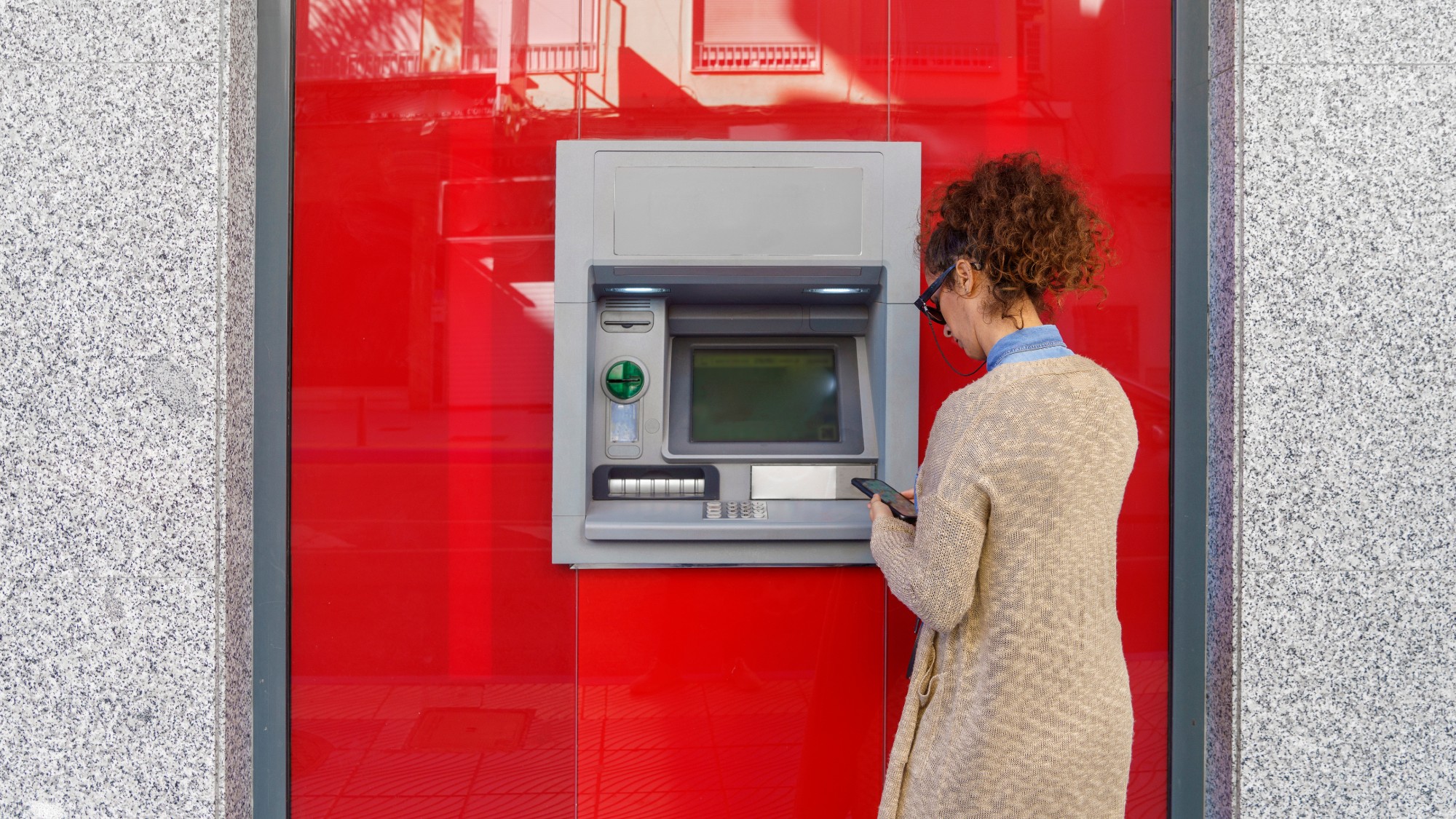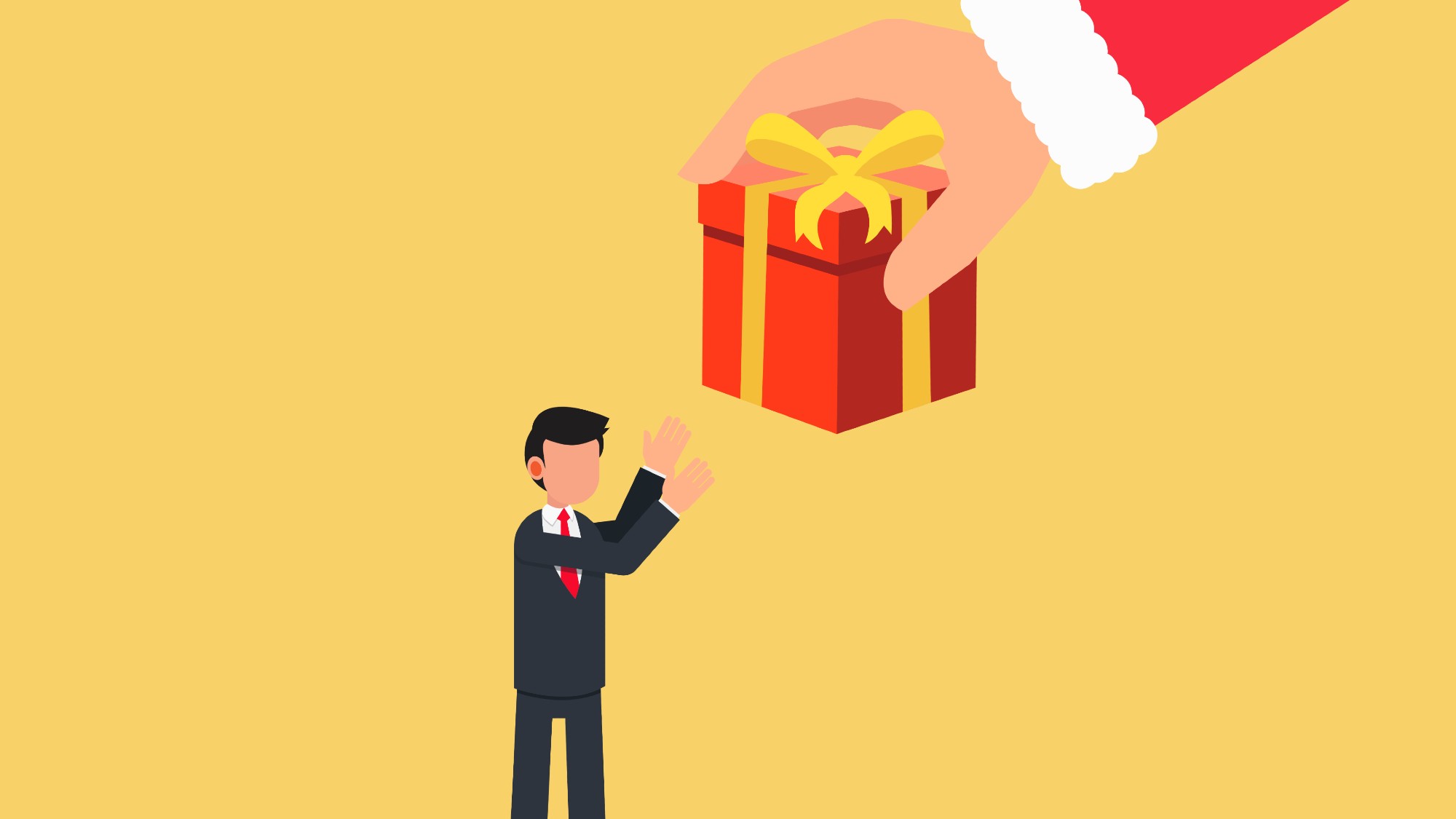How and why have UK stamps changed?
As first-class stamp prices rise again, Royal Mail says 'urgent reform' is needed

The cost of a first-class stamp in the UK is to increase for the fifth time in less than three years, as Royal Mail struggles to cope with declining letter volumes.
From 7 October, the price will rise “by an inflation-busting 22%”, to £1.65, with second-class stamps remaining at 85p, said MoneySavingExpert. The cost of many of Royal Mail's 'Signed For', 'Special Delivery Guaranteed' and 'Tracked' services will also increase.
First-class postage will almost have doubled since March 2022 – when it was just 85p – and means that posting a birthday card can now be more expensive than the card itself.
The Week
Escape your echo chamber. Get the facts behind the news, plus analysis from multiple perspectives.

Sign up for The Week's Free Newsletters
From our morning news briefing to a weekly Good News Newsletter, get the best of The Week delivered directly to your inbox.
From our morning news briefing to a weekly Good News Newsletter, get the best of The Week delivered directly to your inbox.
Why are stamp prices rising?
The main reason cited is the cost of Royal Mail maintaining its "universal service obligation" (USO).
The USO requires Royal Mail to deliver letters six days a week across the country "at affordable prices that are uniform throughout the UK", according to the communications regulator, Ofcom.
Royal Mail argues that the USO is "unsustainable", said BBC News, "as the number of letters being sent is falling while the number of households is growing".
Justifying the latest first-class stamp price rise, Royal Mail said last week that letter volumes had fallen from 20 billion in 2004-05 to about 6.7 billion in 2023-24. The average household now receives four letters a week compared with 14 a week 20 years ago, while the number of addresses has risen by four million.
A free daily email with the biggest news stories of the day – and the best features from TheWeek.com
"We always consider price increases very carefully," said Nick Landon, the Royal Mail chief commercial officer. "However, when letter volumes have declined by two-thirds since their peak, the cost of delivering each letter inevitably increases."
Royal Mail was fined £5.6 million by Ofcom for missing delivery targets in the three months to June 2023, after delivering less than 80% of first-class post on time.
Among other cost-cutting proposals being considered are plans to scrap second-class letter deliveries on Saturday. Scaling back second-class deliveries to every other weekday would cut nearly 1,000 jobs and save £300 million a year.
The Independent reported that Royal Mail is considering launching a "bin collection style" service on its website for households to track which day their mail will be delivered, "in a bid to cut back on services".
Can I still use Queen Elizabeth II stamps?
That depends on whether or not they have a barcode. Starting in February 2022, Royal Mail has transitioned to a new stamp style featuring barcodes, which it says "help make operations smoother" and enable the introduction of "added security features", said ITV News.
The last day standard non-barcoded stamps could be used to post items in the UK was 31 July 2023. Commemorative and non-barcoded Christmas stamps are still valid, said Royal Mail. People can swap old-style first- and second-class "everyday" stamps, featuring the profile of the late queen, for barcoded ones through Royal Mail's "Stamp Swap Out" scheme.
What will happen if I try to use old stamps?
Old stamps will be treated as having "insufficient postage", much the same as if you forgot to put a stamp on the item. The recipient will have to pay an extra fee or the item will be returned to the sender.
How much are old stamps worth?
Old stamps may not be usable to send a billet-doux, but they can still set hearts fluttering. One in particular "quickens the pulse", said Artnet – a Plate 77 Penny Red, which is currently up for sale for £650,000. The high price tag is because the stamp "shouldn't exist". It was printed in 1864 using a faulty plate that meant the stamps were misperforated. Only one sheet of 240 stamps, was printed before the fault was discovered and the plate and all but nine of the stamps were destroyed.
It may sound a lot for "a small patch of paper", said The Guardian, but it's far from being the most expensive old stamp ever sold. In 2021, an envelope featuring a Mauritius Post Office 1d red raised an incredible $11.2 million (£8.7 million).
Marc Shoffman is an NCTJ-qualified award-winning freelance journalist, specialising in business, property and personal finance. He has a BA in multimedia journalism from Bournemouth University and a master’s in financial journalism from City University, London. His career began at FT Business trade publication Financial Adviser, during the 2008 banking crash. In 2013, he moved to MailOnline’s personal finance section This is Money, where he covered topics ranging from mortgages and pensions to investments and even a bit of Bitcoin. Since going freelance in 2016, his work has appeared in MoneyWeek, The Times, The Mail on Sunday and on the i news site.
-
 What will next year’s housing market look like?
What will next year’s housing market look like?The Explainer Here is what to expect from mortgage rates and home prices in 2026
-
 Is Trump in a bubble?
Is Trump in a bubble?Today’s Big Question GOP allies worry he is not hearing voters
-
 ‘Managed wildfires have spread out of control before’
‘Managed wildfires have spread out of control before’Instant Opinion Opinion, comment and editorials of the day
-
 What will next year’s housing market look like?
What will next year’s housing market look like?The Explainer Here is what to expect from mortgage rates and home prices in 2026
-
 4 easy tips to avoid bank fees
4 easy tips to avoid bank feesThe Explainer A few dollars here and there might seem insignificant, but it all adds up
-
 4 often overlooked home maintenance tasks that could cost you later
4 often overlooked home maintenance tasks that could cost you laterThe Explainer A little upkeep now can save you money down the road
-
 What are portable mortgages and how do they work?
What are portable mortgages and how do they work?the explainer Homeowners can transfer their old rates to a new property in the UK and Canada. The Trump administration is considering making it possible in the US.
-
 How can you tell if you are ready to retire?
How can you tell if you are ready to retire?the explainer All the preparation you need to sail off into your golden years
-
 What’s the best way to use your year-end bonus?
What’s the best way to use your year-end bonus?the explainer Pay down debt, add it to an emergency fund or put it toward retirement
-
 Can medical debt hurt your credit?
Can medical debt hurt your credit?The explainer The short answer is yes, though it depends on the credit scoring mode
-
 3 required minimum distribution tax mistakes to avoid
3 required minimum distribution tax mistakes to avoidThe Explainer Missteps in making withdrawals from tax-advantaged retirement accounts can cost you big